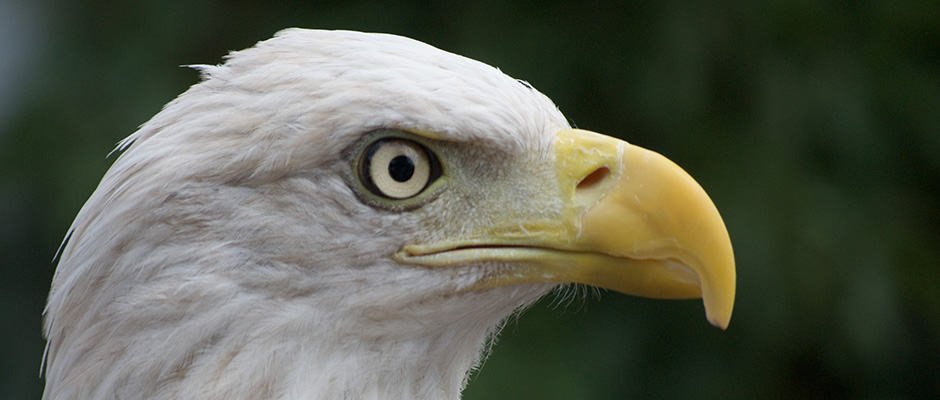Share this article
Midwinter Survey Shows Increased Bald Eagle Sightings
In the Powder River Basin in Wyoming, 90 volunteers recently counted over 400 eagles in the annual midwinter bald eagle survey conducted by the Bureau of Land Management’s Buffalo Field Office.
The results of the survey showed an increase in bald eagles (Haliaeetus leucocephalus) since last year and no major change in the number of golden eagles (Aquila chrysaetos), according to the Bureau of Land Management. The BLM said the reason for the shift in population numbers is unknown.
However, the survey totals change every year, according to the BLM. This year, an increase in the distribution of bald eagles could be due to changes in weather to the north, food availability, prey species population cycles, increased nest success and recruitment as well as other factors, according to Charlotte Darling, rangeland management specialist for the BLM’s Buffalo Field Office.
During the survey, volunteers noted eagles in large groups — likely because of cold weather at the time that might have caused the eagles to stick together. Also, volunteers counted a number of eagles along new survey routes that were added so more people could be involved in the count.
According to the BLM, although many eagles are spotted in the winter months, many don’t stick around. The majority of eagles migrate north in the spring months to Canada and Alaska.
The midwinter survey — which takes place nationally — relies primarily on volunteers, who survey standardized survey routes on more or less the same day to avoid duplicating counts of individual eagles. The survey started in 1979 when eagle populations were struggling in the United States.
In the Powder River Basin, this past winter, volunteers drove along public roadways looking for eagles while recording weather information, habitat data and species and age class information. They sighted and counted 288 bald eagles, 95 golden eagles and 24 eagles of undetermined species. The birds were counted along over 1,400 miles of public roads including 70 survey routes.
Volunteers of many different ages and backgrounds participated in the count, Darling said.
“Some are lifelong bird watchers or biologists, but most are from a wide variety of backgrounds,” she said. “This includes teachers, oil and gas industry workers, public speakers, office professionals, and more. However, they all share an interest observing the nature and environment around them.”
Other birds were sighted as well. The most common sightings were rough-legged hawks (Buteo lagopus) and red-tail hawks (Buteo jamaicensis).
Data from the survey is compiled and reported to the National Midwinter Bald Eagle Survey program through an online database, and wildlife managers and researchers use that information to monitor the species’ health and habitat and to conduct trend analyses of eagle populations across the U.S. The BLM also uses the data to help determine important habitats in the area as well as to complete environmental analyses for local projects that affect public lands and resources. “Survey data is reviewed to determine whether an area provides important habitat, allowing us to make the best management decisions for the project,” Darling said.
Header Image:
In a recent annual midwinter survey in Wyoming, 90 volunteers counted birds and found an increase in bald eagle sightings since last year.
Image Credit: Pete Markham via Flickr








